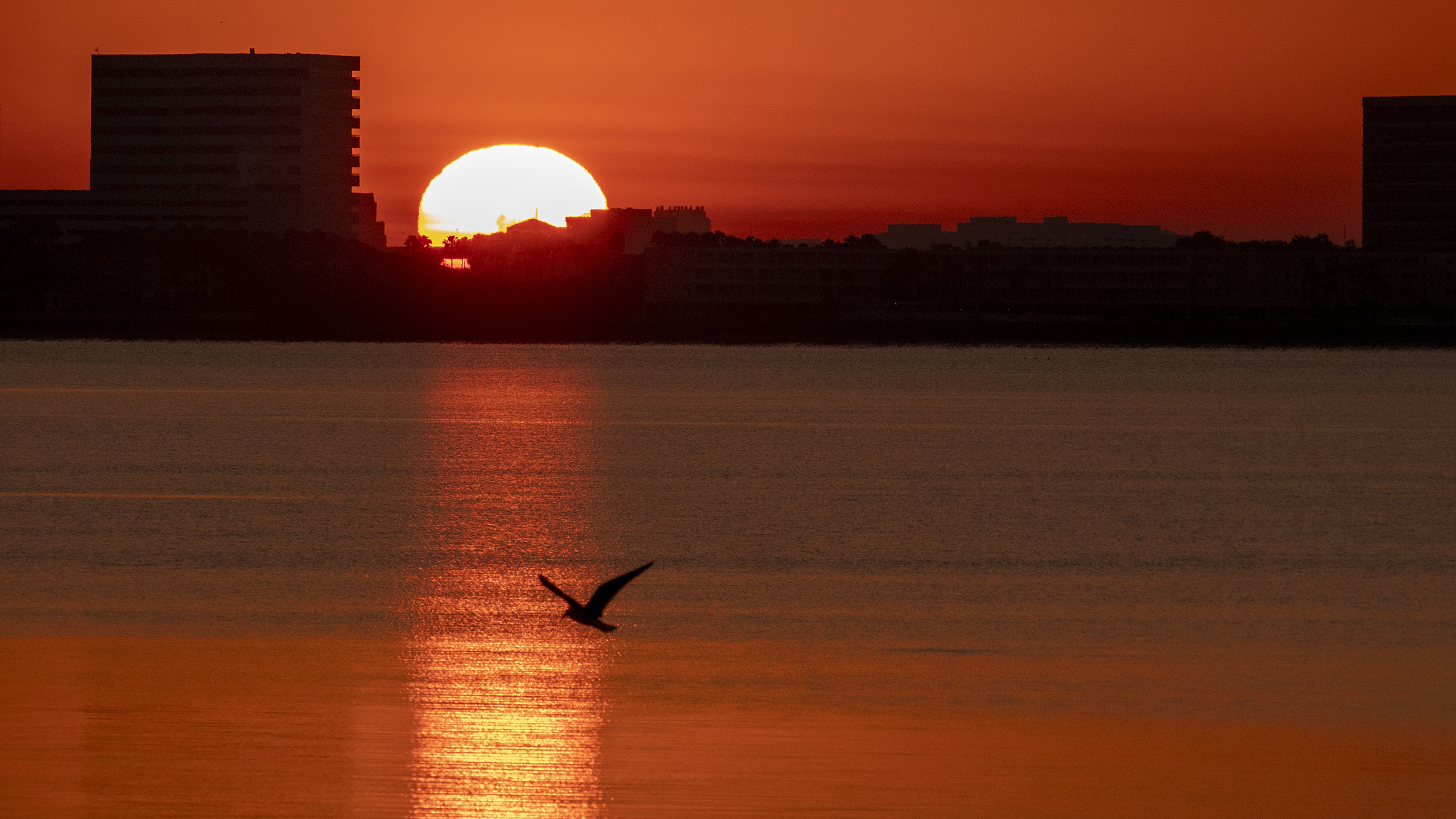Living in the high desert and venturing off into the desert and red rocks for photo shoots has made me very aware of heat problems and cameras. While our cameras are very robust these days you can still get some grief from the heat. Most manufacturers say they are to be operated in temps up to 104° F.
Here are some ideas to protect your gear.
Cars get hot
For the same reason you don’t want to leave pets unattended in your vehicle, don’t leave your camera gear behind. Heat builds up fast in an enclosed environment. Windows down allow the rays in, while the fabric works as a heat sync and glass prevents it from getting out. Even with cracked windows, the heat builds up fast. At 90° F, inside a car can reach 138° F. At 100° F, it can go from 130–170° F.
If you can’t avoid leaving your camera in your car for a short time make sure you leave your camera in the gear bag. I keep a large thick white towel stashed for just that purpose. It also has the added value of hiding gear from view. I always think of the expression “out of sight, out of mind” so thieves might be less inclined to try for your gear.
If you regularly need to have your camera in your hot car, add a cooler. Do not add ice! Just use the closed cooler with a white towel draped over it. It will give you good protection from overheating.
No direct sun

Shooting in the sun can tax your gear. Since we have temperatures in the 90s and 100s on a regular basis, I keep a white hand towel available when shooting in the sun.
Black cameras suck up heat big time. Reflective cloth helps a lot. A rubber band holds the towel on the lens. Then drape the rest over the back of the camera. That gives you a way to quickly access your controls and even place them over your head while you shoot.

Turn down power usage
If your battery is running features such as live view, or constant automatic photo review, that pushes up the heat factor. Set Live View off. Use your viewfinder instead. Make the auto-off setting short so the camera powers down quickly when not in use.
These settings also have the benefit of saving juice in your battery as well. They are regular settings on my camera even when it isn’t boiling outside.
If you have a flip screen, flip it out. It will allow heat to move off the camera body. You can also open the battery door to help dissipate heat. This is directed a bit more to people creating videos, but it can also help if you are shooting time-lapse.
If you have a longer mounting plate, that can be helpful to have clearance for opening the battery compartment while still being mounted on a tripod.
Watch for condensation
Condensation isn’t something I usually have to worry about, as Arizona is a “Dry Heat!” area. Moving from air conditioning into the heat can generate moisture on, and in, your lens.
Avoid that by leaving your camera in your camera bag to acclimate without hitting the open-air heat so quickly. Allowing moisture to get inside your lens can shorten its life allowing mold to grow inside. Especially in more moist coastal climates.

When I lived in the Caribbean, my camera gear was stored in a closet with a 25 watt light bulb burning all the time to lessen the moisture.
Desiccants help suck up moisture as well. You can get reusable containers that change color when they need to be dried in an oven. Place them in your camera bags to keep humidity under control. These turn green when full. Pop them in the oven for three hours and they are good to go again.
Yours in Creative Photography, Bob
Source link



Leave a Reply